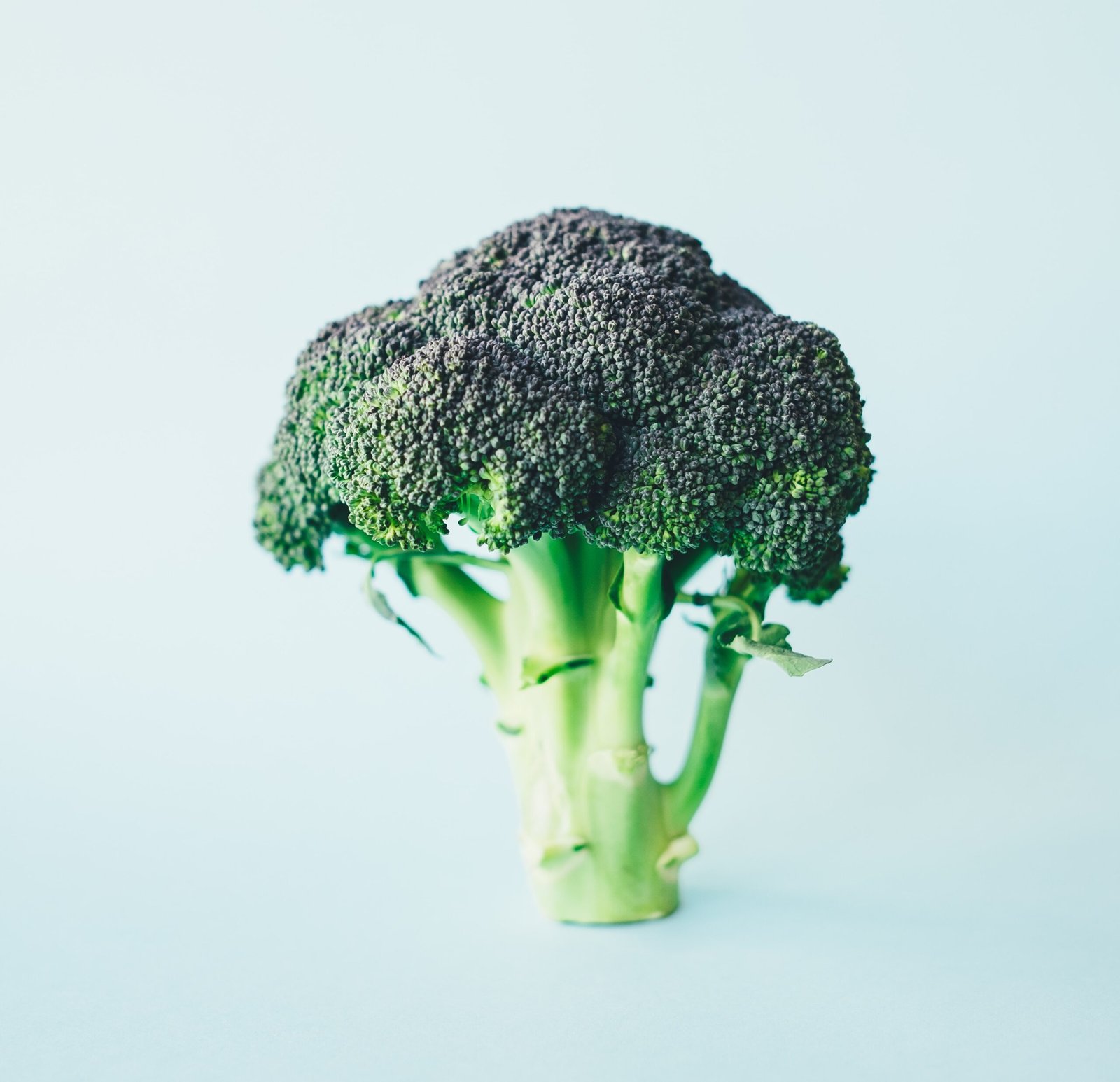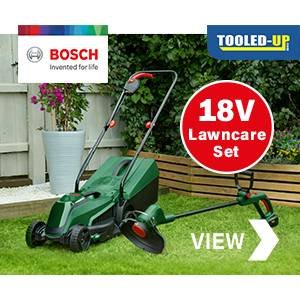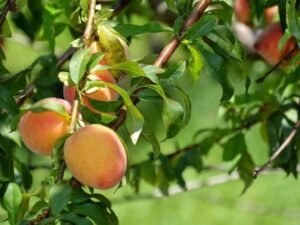Introduction
Broccoli is a nutritious and versatile vegetable that can thrive in the UK’s climate. To ensure a successful harvest, it’s important to plan and execute the necessary tasks throughout the year. This yearly to-do list will guide you through the monthly tasks required for growing broccoli in the UK.
January
January is the time to start preparing for the broccoli growing season:
- Order broccoli seeds from a reputable supplier.
- Prepare the soil by removing weeds and adding organic matter.
- Protect the soil from frost by covering it with a layer of mulch.
February
February is the month to start sowing broccoli seeds indoors:
- Sow broccoli seeds in trays or pots filled with seed compost.
- Keep the seeds in a warm and well-lit area, such as a greenhouse or windowsill.
- Water the seedlings regularly and ensure they receive adequate sunlight.
March
In March, it’s time to transplant the broccoli seedlings into the garden:
- Harden off the seedlings by gradually exposing them to outdoor conditions.
- Prepare the planting area by removing any remaining weeds and loosening the soil.
- Transplant the seedlings into the garden, spacing them at least 18 inches apart.
April
April is a crucial month for broccoli care and maintenance:
- Water the plants regularly, especially during dry spells.
- Apply a balanced fertilizer to promote healthy growth.
- Monitor for pests and diseases, such as aphids and clubroot, and take appropriate action.
May
In May, it’s important to continue caring for your broccoli plants:
- Keep the plants well-watered, especially during hot weather.
- Remove any weeds that may compete with the broccoli for nutrients.
- Consider providing support, such as stakes or cages, to prevent the plants from toppling over.
June
June is the month to start harvesting your broccoli:
- Harvest the main heads when they are firm and tightly closed.
- Leave the smaller side shoots to develop for later harvest.
- Continue to water and care for the plants to ensure a prolonged harvest.
July
In July, focus on maintaining the health and productivity of your broccoli plants:
- Remove any yellowing or damaged leaves to promote airflow and reduce disease risks.
- Monitor for pests and diseases and take appropriate action.
- Continue to harvest the side shoots as they develop.
August
In August, it’s time to start planning for the next broccoli-growing season:
- Save seeds from your healthiest and most productive plants for next year’s crop.
- Clear away any spent broccoli plants and dispose of them properly.
- Consider planting a cover crop to enrich the soil and prevent erosion.
September
September is a month of preparation for the upcoming winter:
- Prepare the soil for winter by adding compost or well-rotted manure.
- Cover the soil with a layer of mulch to protect it from cold temperatures.
- Clean and store any gardening tools that won’t be used during the winter months.
October
In October, focus on protecting your broccoli plants from frost:
- Consider using cloches or row covers to provide additional protection.
- Monitor the weather forecasts and take action to protect the plants when necessary.
- Continue to harvest any remaining side shoots.
November
November is a time to reflect on the growing season and plan for the future:
- Take note of any successes and challenges you encountered during the year.
- Research and order new varieties of broccoli seeds for the next growing season.
- Consider attending gardening workshops or courses to expand your knowledge.
December
In December, take a break from broccoli gardening and focus on the holiday season:
- Reflect on your gardening achievements and plan for future improvements.
- Enjoy the festive season and recharge for the next year’s growing season.
- Stay connected with gardening communities and seek inspiration for the upcoming year.
Conclusion
Growing broccoli in the UK requires careful planning and consistent care throughout the year. By following this yearly to-do list, you’ll be well-prepared to enjoy a bountiful harvest of delicious and nutritious broccoli.




































